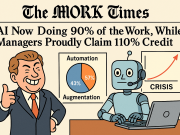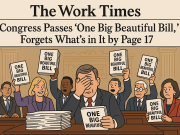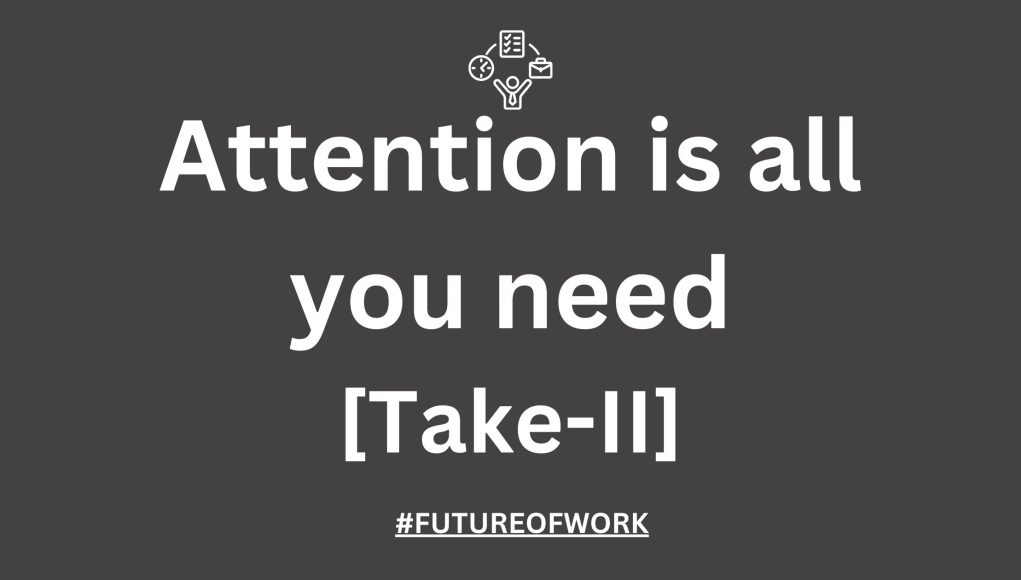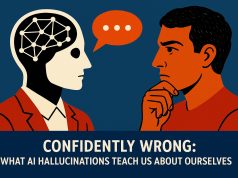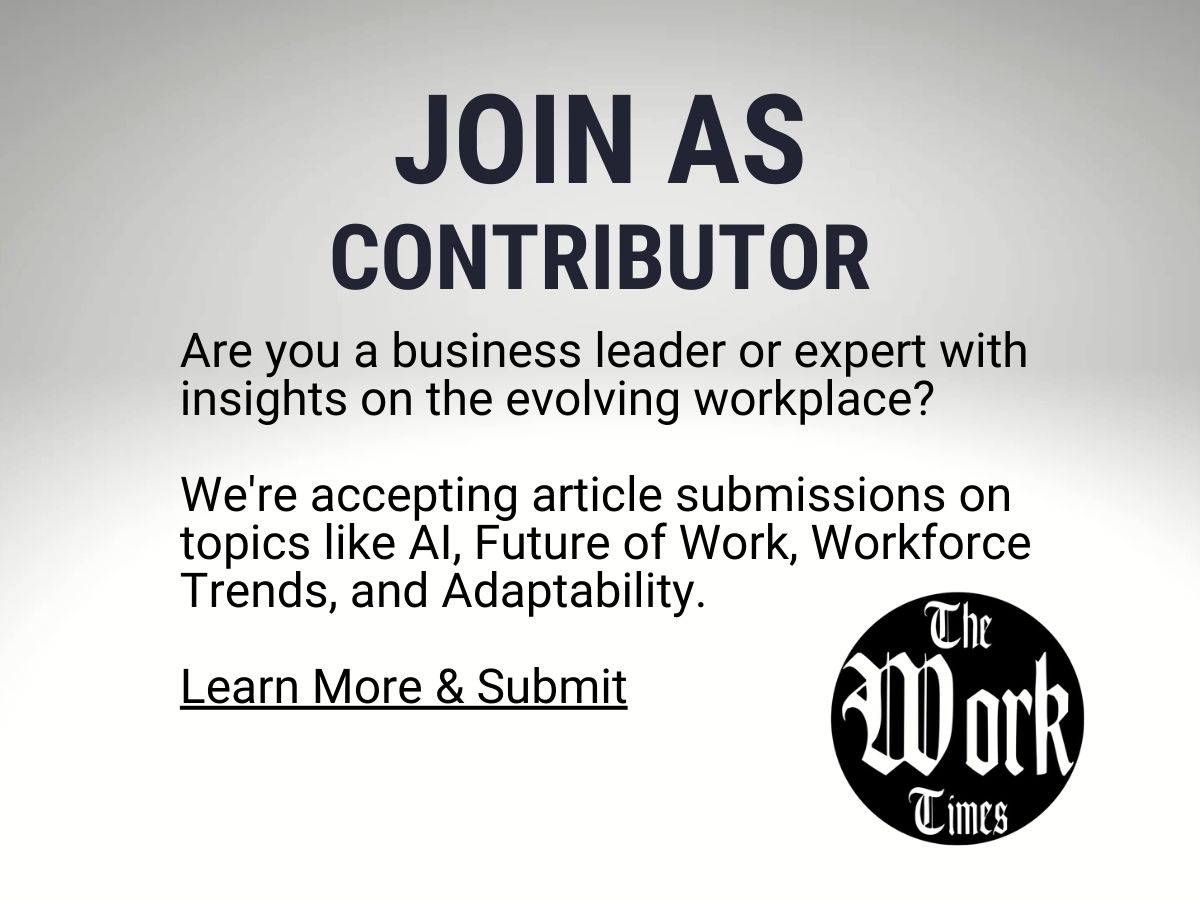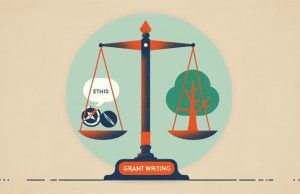My yet another accidental run with “Attention” happened, which made me do another run and a different take on attention. A few pages into @Chris HayesChris Hayes’ The Sirens’ Call, I had to laugh. Not because the book was particularly funny (it’s brilliant, but also terrifying), but because I caught myself doing exactly what it warned against—I reached for my phone mid-paragraph, as if possessed. Just a quick check. A scroll here, a notification there. Boom. Ten minutes gone.
The irony was almost too perfect: here I was, reading about the exploitation of human attention, while actively donating mine to the cause.
That’s when it hit me: if attention is the new oil, companies are the drillers, and we—the distracted masses—are just open fields waiting to be tapped. But what if, instead of fighting distraction with monk-like discipline, we hacked it for good? What if we stopped treating learning and career growth like a chore and turned it into the same kind of addictive, can’t-look-away experience that social media has mastered?
I finished the book with one conclusion: the future of learning and development (L&D) isn’t about forcing focus—it’s about hacking fun.
Fun Is the New Productivity Hack
Businesses have spent decades trying to make training and career development more engaging. But let’s be honest—most workplace learning experiences are about as thrilling as watching paint dry.
Meanwhile, our brains are wired for fun. Social media, video games, and even reality TV have unlocked something L&D departments have yet to figure out: how to make information irresistible.
So, let’s borrow a few tricks from the biggest attention-stealing machines out there and use them to supercharge career growth.
1. The 5-Minute Rule: Don’t Think, Just Start
One of the biggest problems with learning and career development is overthinking. We romanticize the perfect moment to start a course, write that blog, or learn a skill—then we don’t actually do it.
🔹 The Hack: Use the 5-Minute Rule—when a growth opportunity presents itself (a book, a tutorial, a networking chat), commit to just five minutes.
- Want to read more? Just open the book and read for 5 minutes.
- Thinking about starting a podcast? Record one voice note.
- Need to upskill? Open a tutorial and complete one step.
Your brain resists big commitments, but once you start, you keep going. Attention loves momentum—use it.
2. The 30-Day Learning Streak (The Instagram Effect)
Ever notice how social media streaks make people show up daily? Snapchat, Duolingo, and even Peloton figured out that gamifying consistency is the key to habit formation.
🔹 The Hack: Turn learning into a streak challenge.
- Pick a skill (AI, leadership, coding, public speaking).
- Set a streak goal (30 days, 10 minutes per day).
- Track it visibly (Google Sheets, Habit app, whiteboard).
- Post about it (LinkedIn, Twitter, accountability group).
Why does this work? No one likes breaking a streak. Your brain treats it like losing progress in a video game.
3. The Podcast Power Play: Learn Without Trying
One of the best attention hacks? Passive learning. We don’t always have the energy for deep work, but our brains are wired to absorb background information (think of how you remember song lyrics without effort).
🔹 The Hack: Use “The Podcast Layer”—immerse yourself in growth content while doing mindless tasks.
- Commuting? Listen to career podcasts.
- Cooking? Play an audiobook.
- Walking? Queue up TED Talks.
Some high-impact podcasts for career growth: 🎙️ The Tim Ferriss Show – Productivity, skill acquisition, world-class habits 🎙️ How I Built This – Entrepreneurial lessons from top founders 🎙️ The Knowledge Project – Mental models for better decision-making 🎙️ Acquired – Deep dives into how companies win 🎙️ WorkLife with Adam Grant – Psychology of work and success
The goal isn’t to “study” but to absorb—like osmosis.
4. The Public Bet: Turn Attention Into Pressure
Humans are wired for social accountability—that’s why workout partners and public commitments work. If you want to learn something, announce it.
🔹 The Hack: “The Public Bet”—make your learning goal public and tie it to a consequence.
- Want to learn Python? Tweet: “If I don’t complete 30 days of coding, I’ll donate $100 to a cause I don’t support.”
- Starting a blog? Tell friends: “If I don’t publish weekly, I’ll buy coffee for everyone.”
- Training for a talk? Book a date before you feel ready.
Social pressure is a built-in attention hack—it forces focus because your reputation is on the line.
5. The Dopamine Sprint: Make Learning Feel Like Social Media
Social media wins because it’s fast, engaging, and unpredictable. Traditional learning is often slow, passive, and boring.
🔹 The Hack: Use the Dopamine Sprint—reformat career growth to mimic the best parts of social media.
- Micro-content: Learn in 90-second bursts (short videos, Twitter threads, memes).
- Instant rewards: Celebrate small wins with self-high-fives (yes, this works).
- Unexpected surprises: Mix up sources (YouTube today, a book tomorrow, a mentor chat next).
Attention loves novelty—keep it fresh.
6. The Reverse Mentorship Trick: Teach Before You’re Ready
Most people think they need to be experts before they teach. In reality, teaching makes you an expert faster.
🔹 The Hack: Use Reverse Mentorship—learn by teaching someone just one step behind you.
- Join a learning community and explain what you just learned.
- Start a blog, Twitter thread, or TikTok series sharing bite-sized lessons.
- Mentor a beginner—clarifying for others forces you to master the topic.
The best way to hack attention? Make yourself useful to others.
7. The Netflix Learning Effect: Build Anticipation
Why do people binge-watch Netflix but avoid binge-watching educational content? Netflix creates anticipation—education doesn’t.
🔹 The Hack: Make your learning sessions feel like episodes with cliffhangers.
- End each session on an unfinished thought (“But the real secret to X? I’ll figure that out tomorrow”).
- Set up future curiosity traps (“I’ll only watch the first 10 minutes, then stop to test it myself”).
- Use mystery and narrative—treat learning like a story, not a checklist.
Your brain will pull you back if it feels like the story isn’t over.
Final Thoughts: Steal Back Your Attention, Build Your Future
Chris Hayes’ book made me realize we’re losing the attention war because we’re fighting the wrong battle. The answer isn’t discipline—it’s redirection. Instead of trying to resist the pull of TikTok, YouTube, and Instagram, we should steal their best tricks and apply them to learning and career growth.
Nike had it right all along: Just Do It. Not when you’re “ready.” Not when it’s convenient. Now.
So, here’s your challenge: Pick one of these hacks and test it today—not tomorrow, not next week. Right now.
The attention economy won’t wait for you to reclaim your focus. But if you hack it right, you’ll win the game. 🚀











